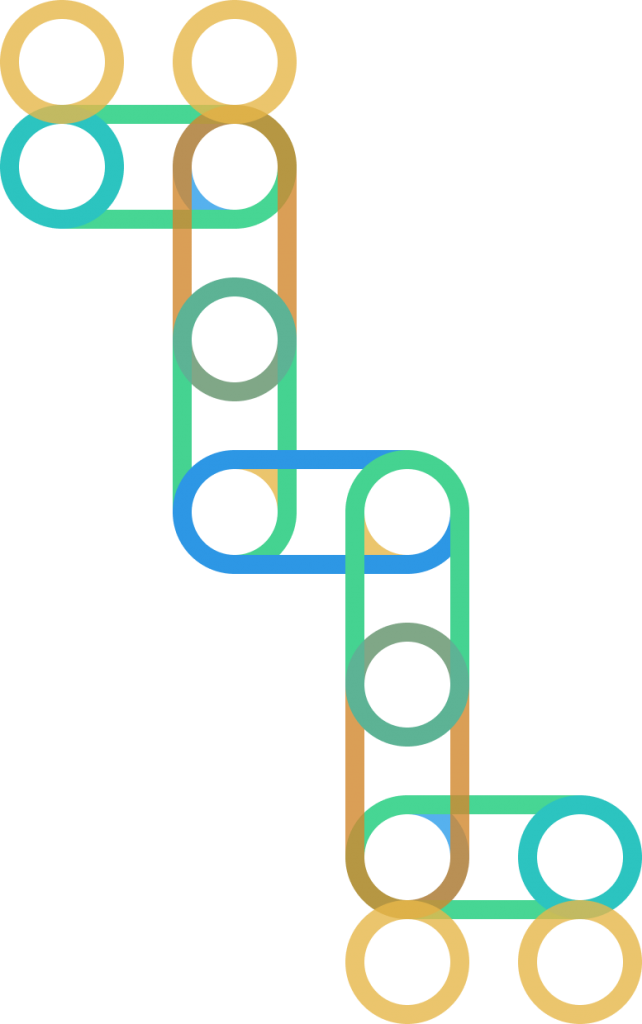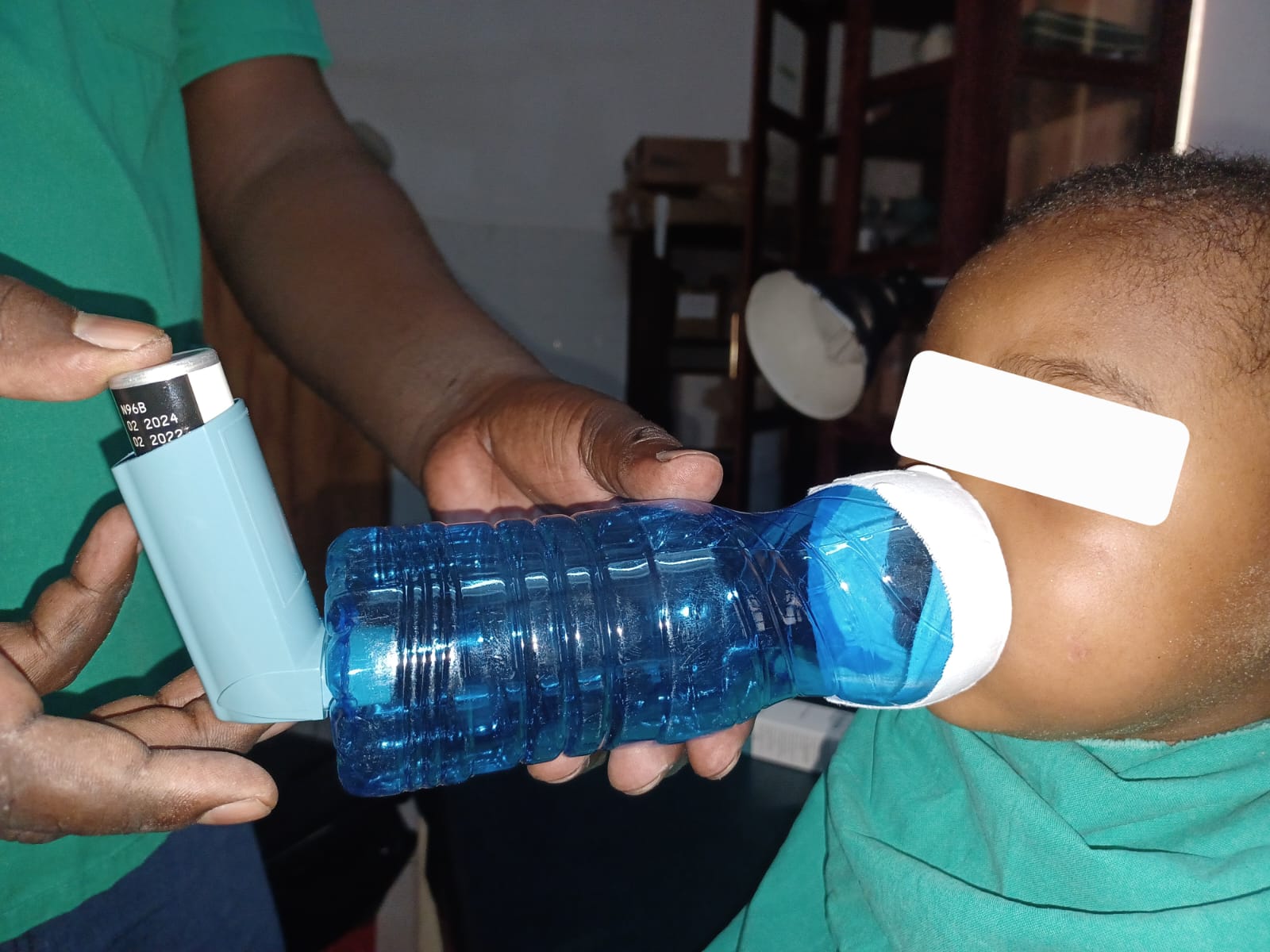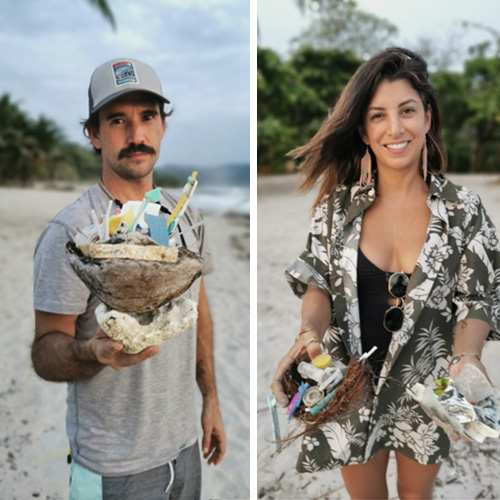
Faced with limited resources, pediatrician Helena Navarro and her team have been finding ways to repurpose PET plastic bottles to help save the lives of babies with respiratory problems in Kenya.

Our fourth PET Hero is Helena Navarro, a pediatrician working in Kenya for the Pablo Horstmann Foundation. Bringing together creativity and circular economy principals, Helena and her team put PET to the test with some remarkable results.
Designed to identify and showcase the talented startups, students and life-mimicking organizations working to close the loop on plastic waste PET Heroes 2023 hopes to provide our nominees with regenerative insights, business training, communications support, networking opportunities and the chance to receive funding and visibility for their regenerative ideas.
Helena Navarro of the Pablo Horstmann Pediatric Hospital is now on our shortlist of eight nominees. Voting will take place to choose the winner in January.

FIVE MINUTES WITH HELENA NAVARRO
What problem are you and your team solving?
We are Anidan’s Pablo Horstmann Pediatric Hospital, located in Lamu, an island of Kenya, directed and coordinated by Pablo Horstmann Foundation, a Spanish Foundation directed by Ana Sendagorta. Lamu is a very poor District in Kenia, where the health system is not well developed, so most of the children don’t have any access to health services. Since we opened the hospital in 2008, we have become a reference center for pediatric treatment in the District. Our objective is to bring quality health services to all vulnerable children in the area.
In the hospital we receive children with difficulty in breathing very often. Asthma, bronchitis, respiratory infections are very typical problems in children that lead them to have difficulty in breathing and they are one of the main causes of death in children.
We admit these children in the hospital, we offer them respiratory assistance (to help them to breath) and the medical treatments they need to recover. So, we offer them, free of charge, the same quality health assistance that all pediatricians offer to children in developed countries to save their life. We do it because we believe that access to quality healthcare is a right for all children in the world, regardless of where they were born.
How did your team’s discovery come about? Could you talk us through the developments that led to it?
We receive frequently in our hospital children with different diseases which lead them to difficulty in breathing. At our hospital we only had oxygen at that moment to assist them, but not any kind of respirator-machine (as CPAP machine) to help them to breath, since it was very difficult to find them in Kenya and really expensive to buy. We were losing lives because we couldn’t use any kind of respiratory assistance to children in need of it.
So, we started thinking about how we could build a hand-made dispositive that could help children to breath. We studied the setting, the parts, and the working mechanism of the real CPAP systems.
On the other hand, in Kenya there is a big problem with plastic. We all know plastic residues are everywhere, all around the world, but here in Lamu we have the added problem of a lack of plastic and waste management by the government. The Kenyan government banned the use of plastic bags, but not the use of plastic bottles. So, plastic bottles used and thrown can be found everywhere around Lamu: in the ocean, in beaches, in the middle of streets, in all sand ways…
Looking for a solution we started searching on the internet. We investigated initiatives using plastic bottles, and we were especially interested in one of them that an Indian doctor was using in his hospital without financial resources, which could help us to save the life of our children. We started thinking about the possibility of building our own respiratory device with recycled plastic bottles, and we started to practice on this idea, configuring and testing different models, until we were able to find the final version that worked fine.
That’s the way we were able to accomplish our objective of building respiratory chambers and respiratory CPAP assistance devices with PET bottles, while helping to reuse and recycle plastic contamination in our environment.

How has your team incorporated systems thinking into your work in this field?
With recycled plastic bottles, we currently can make three kinds of dispositive that help us daily to treat these children with difficulty in breathing:
1) Inhalation chambers to administer inhaled medication for asthmatic children.
2) CPAP – dispositive, which are a kind of non-invasive respirators, that help children to breath in the acute severe phase of the respiratory disease, while the body is able to heal the infection/respiratory problem and they can breathe spontaneously again by themselves. Also, this dispositive is very useful to help premature babies to breath, as many of them have difficulty in breathing due to the immaturity of their lungs.
3) We have also used on many occasions these recycled plastic bottles to make a system to collect the drainage of a pleural effusion or a Pneumothorax in our hospital, when the drainage system (very expensive) was not available. This drainage system is used when someone has a complicated pneumonia with accumulation of liquid or air into the lungs space and this air or liquid needs to be evacuated.

What obstacles / challenges do you currently face to being able to offer your solution at scale?
Well, building these sensitive materials and devices with plastic bottles brings some difficulties in the final result. Lack of precision is one of them, as obviously hand-making a device from recycled plastic materials can never be as precise as an industrially-made machine.
So, when applying home-made CPAP system with plastic bottles we are having the following difficulties:
- Difficulties with the assembly of the device: Specific tubing and connections are required, and are not always available
- Lack of precision in parameters settings: it is not possible to measure the real pressure we are having into the baby airway, nor the Oxygen concentration we are administering, etc…
Air leaks in the system that don’t allow it to reach the necessary pressure. When this happens, we have to review and readjust everything, and sometimes we have to make a new device from the beginning.
VOTE FOR HELENA NAVARRO
Want to show your support for the amazing work being done by Helena Navarro?
NOMINATE YOUR PET HERO
Tell us what you think of our list of PET Heroes 2023 and recommend inspirational leaders coming up with the best solutions to systemic issues surrounding plastic.
Share This Article
The Other PET Heroes & Useful Links
THE HISTORY OF PLASTIC
Throughout the history of plastic, PET has been crucial in keeping food fresh with lightweight and durable packaging solutions that have helped reduce food waste for almost a century. Learn all about the invention of plastic and the important role it has played feeding people and saving the lives of humans and elephants in the adaPETation® timeline of the history of plastic.






